Denmark to Dania
At the turn of the last century, Florida was a tropical wilderness frontier, which was gradually colonized alongside Flagler’s new East Coast railroad. Pioneering Danish farmers from Illinois and Wisconsin struggled to endure the rigors of life in the marshy wetlands and swamps of Dania during the 1890s.
They battled snake bites, malaria-carrying mosquitoes, and outbreaks of Typhoid fever which killed many of the first settlers. Many returned north but gradually the efforts of Danish immigrant Andrew C. Frost paid off in Modello, later named Dania to honor the heritage of the early colonizers. He opened the first general store, built the first two schools and became the first postmaster. He also founded a tomato farm, which became the staple of the local economy. Frost’s investments in land and infrastructure led to the incorporation of the town of Dania in 1904 with a population of 35 settlers. A few years later there were more than 1,000 residents, many of whom were involved in the tomato growing and preserving business instigated by Frost and his family.
Apples of Love
We have the Aztecs to thank for the tomato, both the name tomatl and the food itself. An Italian herbalist writing in 1544 described the ‘pomi d’oro’ or apples of gold when Spanish travelers first introduced tomatoes to Europe. They were probably a yellow variety and were classified along with mandrake plants which were renowned for their aphrodisiac qualities. The Moors in Spain took the tomato to Morocco where they called it pomi dei mori, apple of the Moors. It was the French who called the fruit ‘pommes d’amour’ or apples of love. Did they believe in tomato’s aphrodisiac powers or is it merely a linguistic corruption from the Moors?
Although enjoyed as a food in Mediterranean countries, in Northern Europe physicians regarded tomatoes as toxic and for nearly two centuries they were used only for medicinal and ornamental purposes. Surprisingly, although the tomato is indigenous to South America, it came to North America with the pilgrims. The pioneering Frost family of Dania enjoyed great success with their Love Apples brand in Dania Beach.
Tomato Capital of the World
During the winter harvest season in Florida, rail cars full of fresh tomatoes were transported to the northern cities from Dania, one of the few places in the country where tomatoes were grown. Dania’s farmers were hailed as the most proficient tomato packers in the nation. Eventually Dania had 14 packing houses, 2 canning factories and a tomato paste producer. A visiting realtor proclaimed in 1911 that "The wonderful fields of tomatoes on the East Marsh looked like the long-lost Garden of Eden.” Tomatoes evolved into a multi-million dollar business and Dania became known as the ‘Tomato Capital of the World’. The first ‘Tomato Day Festival’ was held in 1927 and more than 5,000 people turned out for this community extravaganza. There were messy tomato fights and even a Miss Tomato beauty pageant which was held annually. By the late 1940s, saltwater intrusion into the crop fields quashed the tomato boom but the Tomato Festival continued until the mid-1950s when tomatoes became so scarce in Dania that they had to be imported
Danish Nostalgia
Andrew Frost remained emotionally attached to Denmark throughout his life and introduced The Danish Brotherhood to Florida. Like many immigrants of his generation, the Danes fled war in Europe and sought economic opportunities in the new world. Nostalgia for the old country culture was prevalent in the USA as well as in Denmark. Revivals of country music and dance were followed by an interest in the national costumes worn by many of the folk dancers.
The Royal Copenhagen Porcelain company responded to this interest by producing a fascinating collection of 47 figures in the national dress of Denmark and territories, including the Faroe Isles, Iceland and Greenland. They were modeled by Carl Martin-Hansen between 1906 and 1925 and he painstakingly researched the authentic details of the costumes in Danish museums. 42 of these figures were presented to King Christian X and Queen Alexandrine by the women of Denmark in 1923 to mark their silver wedding anniversary. The Wiener Museum has an extensive collection along with other interesting porcelain designs made by the Royal Copenhagen factory.
Dania Beach & Hollywood
Dania’s thriving agricultural community was not focused on the beach originally. Even the city’s name did not include the beach. However, the Florida building boom of the Roaring Twenties promoted ocean resorts at neighboring cities such as Hollywood by the Sea. In 1926, after a devastating fire, Dania voted to be annexed with the newly incorporated Hollywood, but the merger was short-lived because of the devasting 1926 hurricane which burst the real estate bubble. Dania soon resumed its own identity and in 1927 made a deal to buy some beachfront from Hollywood. Ten dollars changed hands on the understanding that the beach would only be used for public recreation. In 1998, the city was renamed Dania Beach.
Antiques Capital of the South
Dania's fame as an antiques center began in 1945 when shops featuring trinkets and treasures from the past sprang up along Dania's main street, U.S. 1. Antiques Row was lined with shops that drew collectors from all over the country. Now Federal Highway is home to a spectacular collection of antique ceramics and glass at WMODA. To cash in on tourism, the Dania Jai Alai Fronton was constructed on twenty acres of croplands in 1953. The elegant dining room boasted crystal chandeliers from the Czech Republic, which have been a feature of the WMODA galleries since the casino’s refurbishment.
Now tourists are also flocking to see the Fired Arts at the Wiener Museum which has become the number one choice for ‘Things to Do’ in Dania Beach according to all the 5 star reviews on Tripadvisor. And it’s not just on rainy days that we are busy with local guests and visitors from all over the USA and overseas. Come visit us soon in sunny Florida!
Thank you to Dania residents Terrell & Janet McCombs for lending local history material from their collection. Thank you also to Annette Fromm and Michele Sammartino for researching the Royal Copenhagen collection.
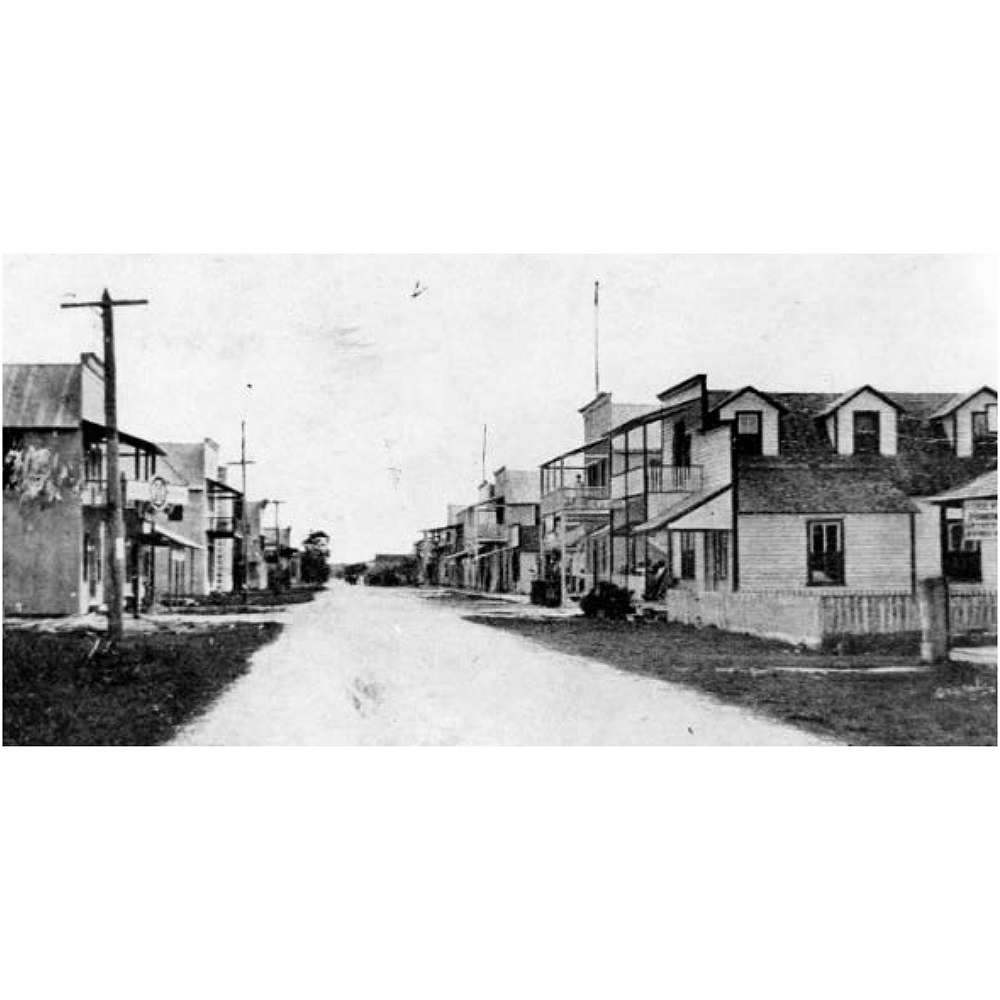
Main Street, Dania 1912
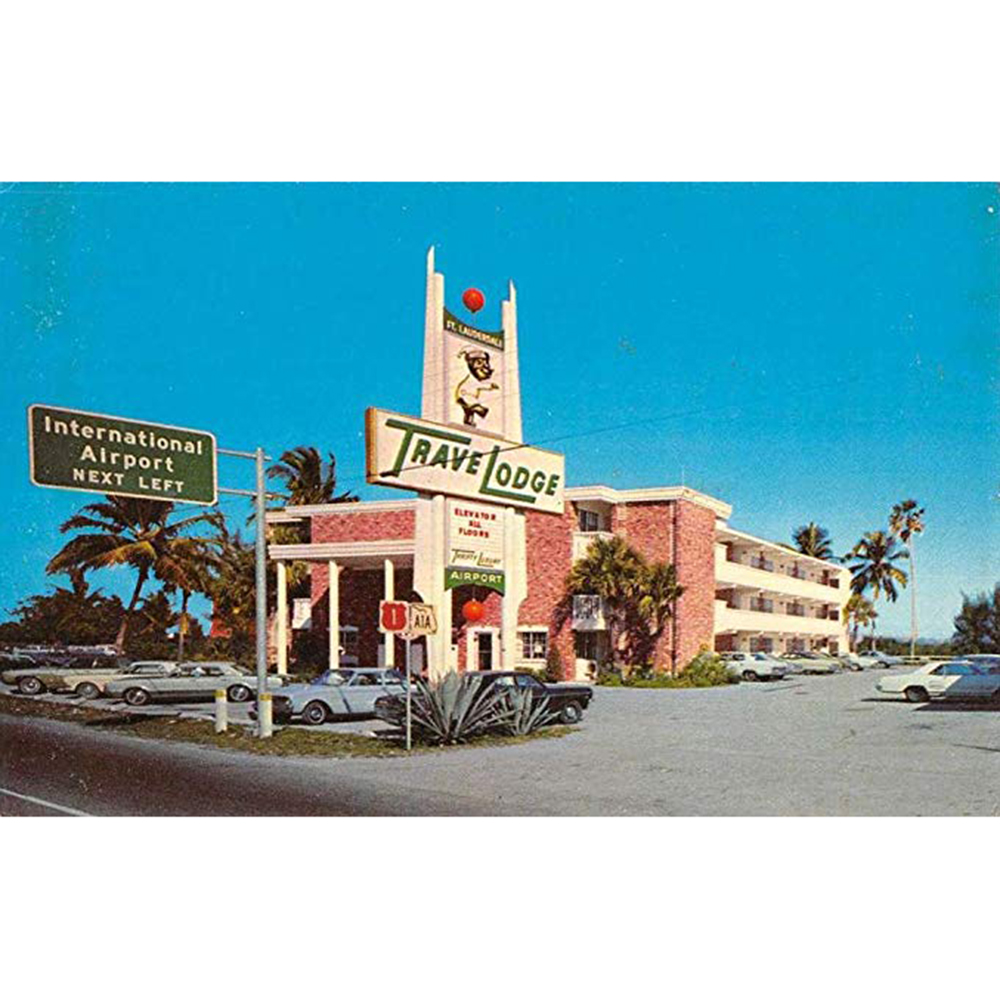
Dania Florida
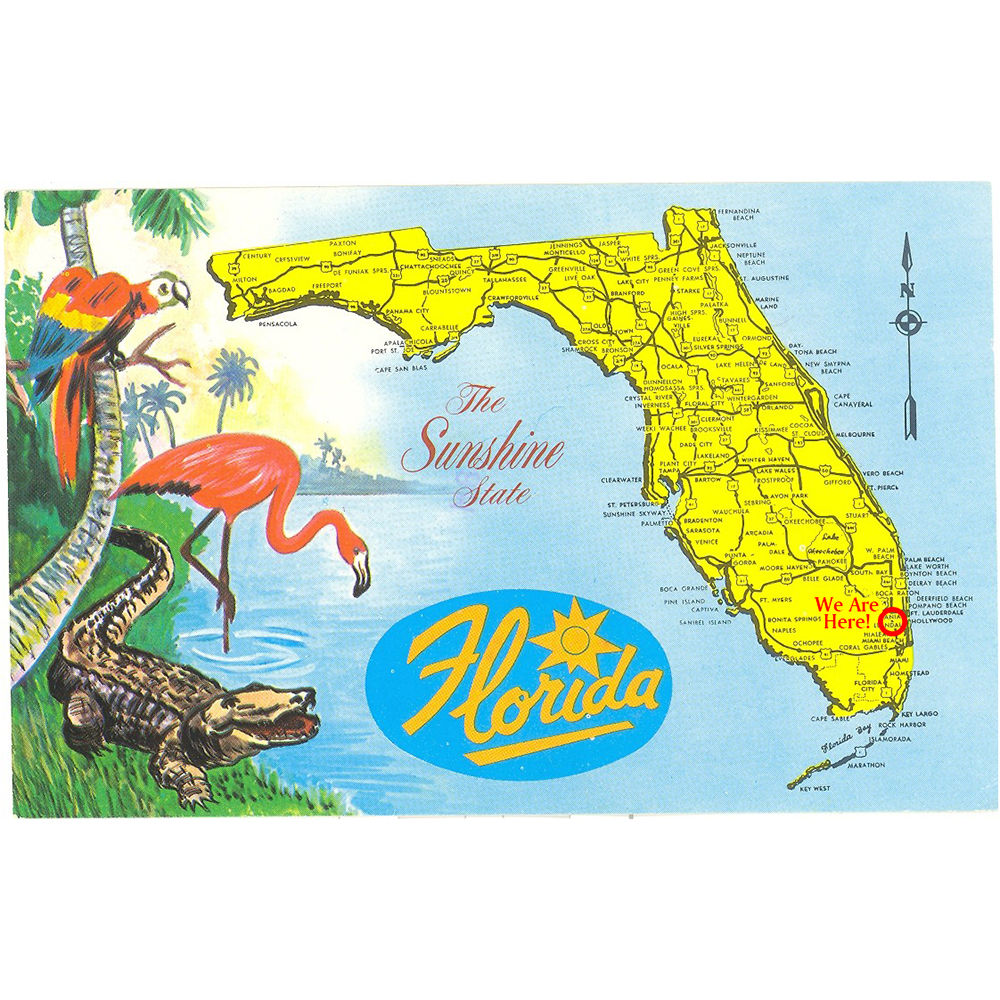
Florida Postcard
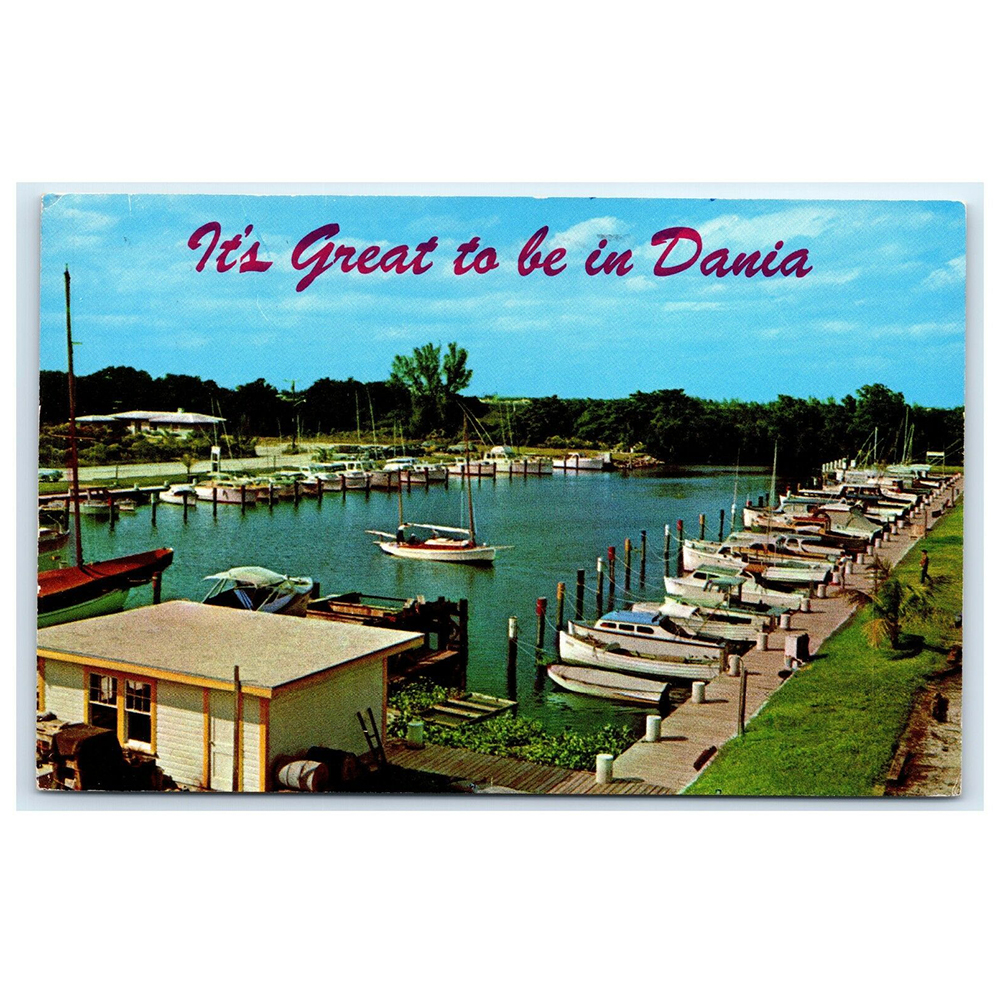
Great to Be in Dania Postcard
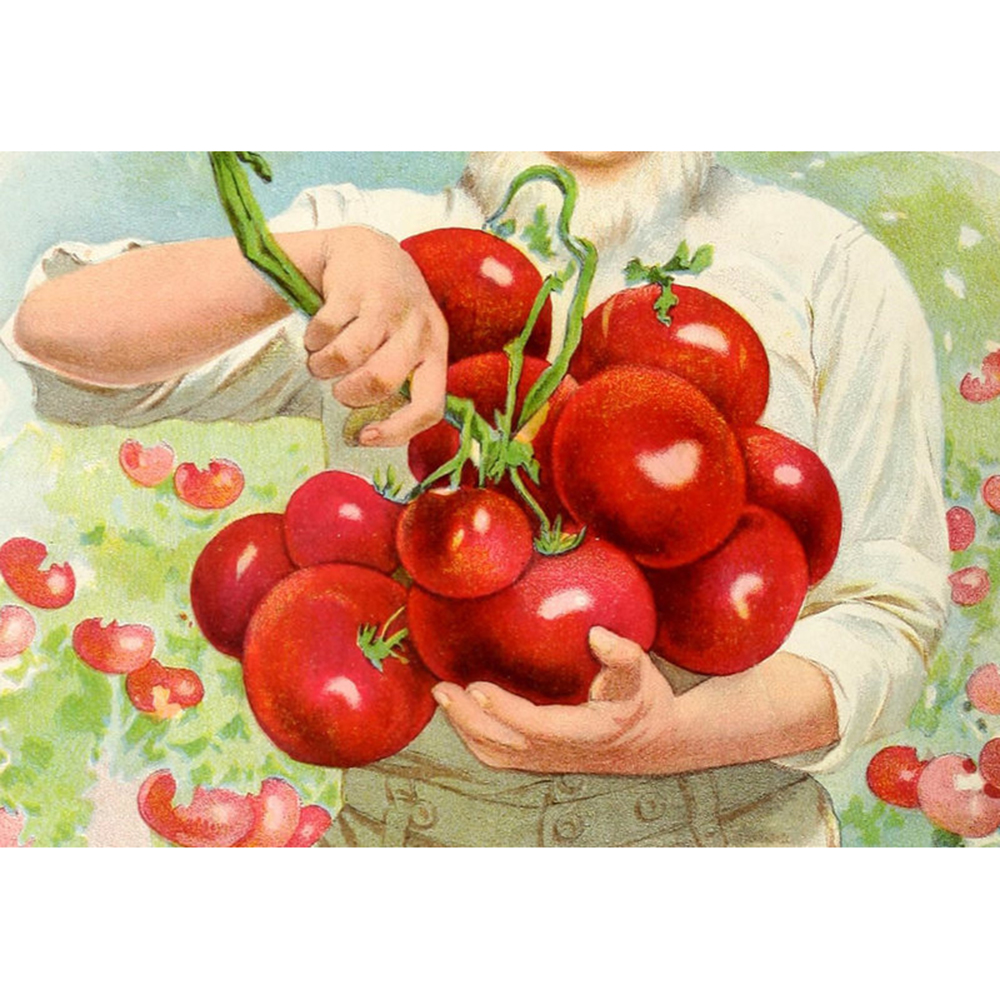
1903 illustration
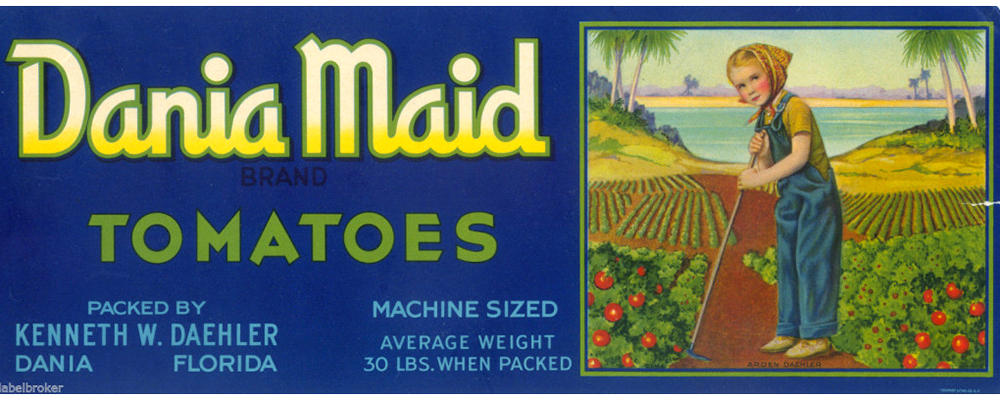
Dania Maid
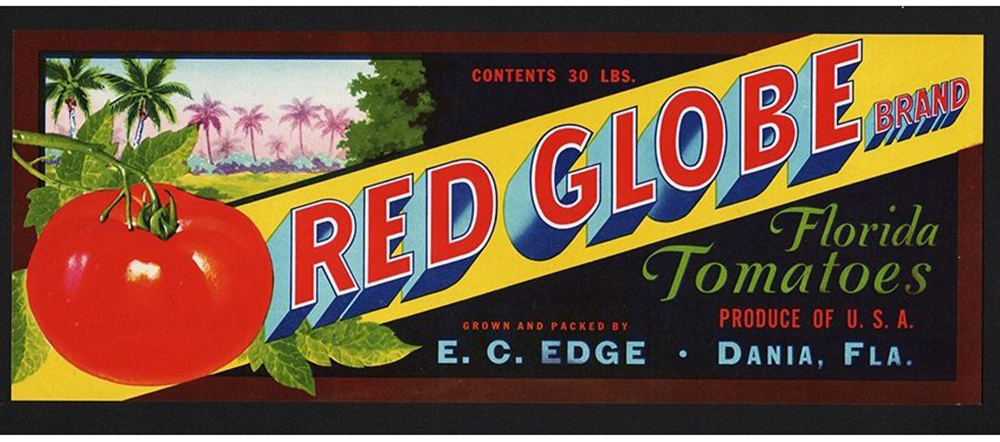
Red Globe from Dania
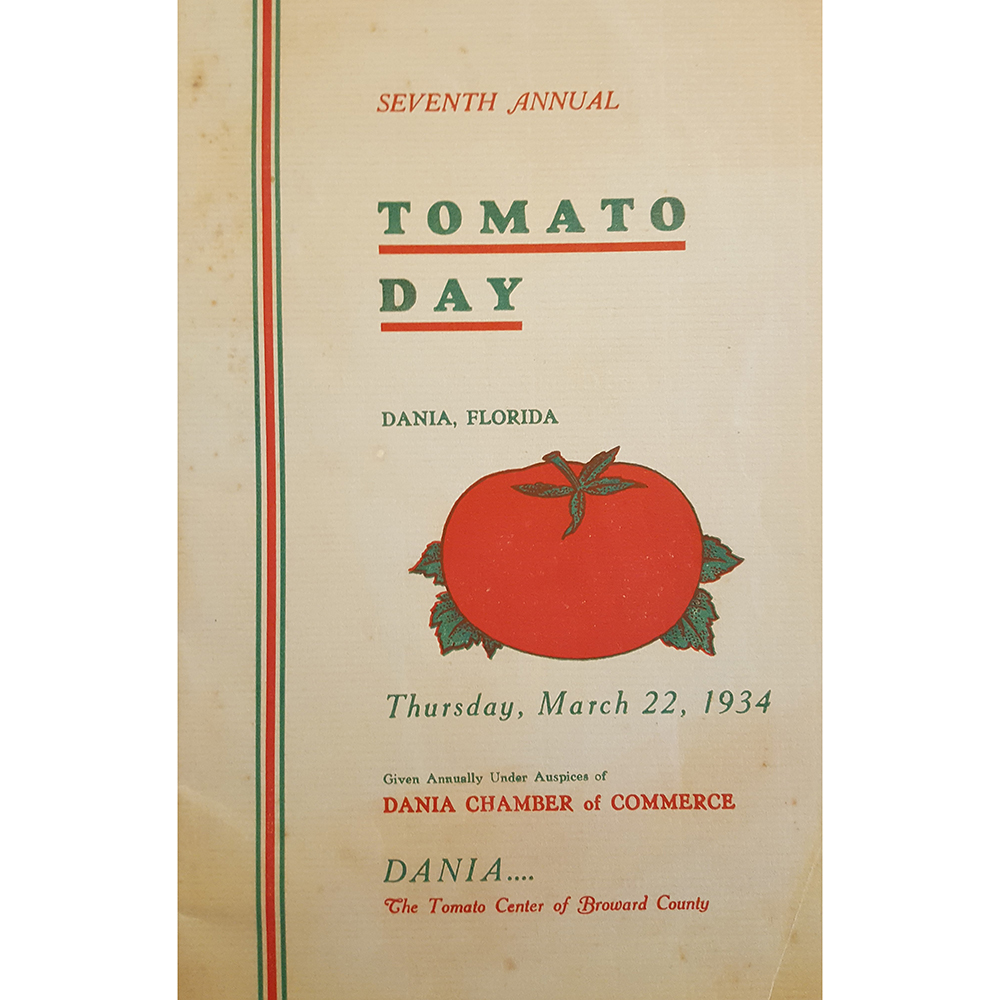
Tomato Day 1934
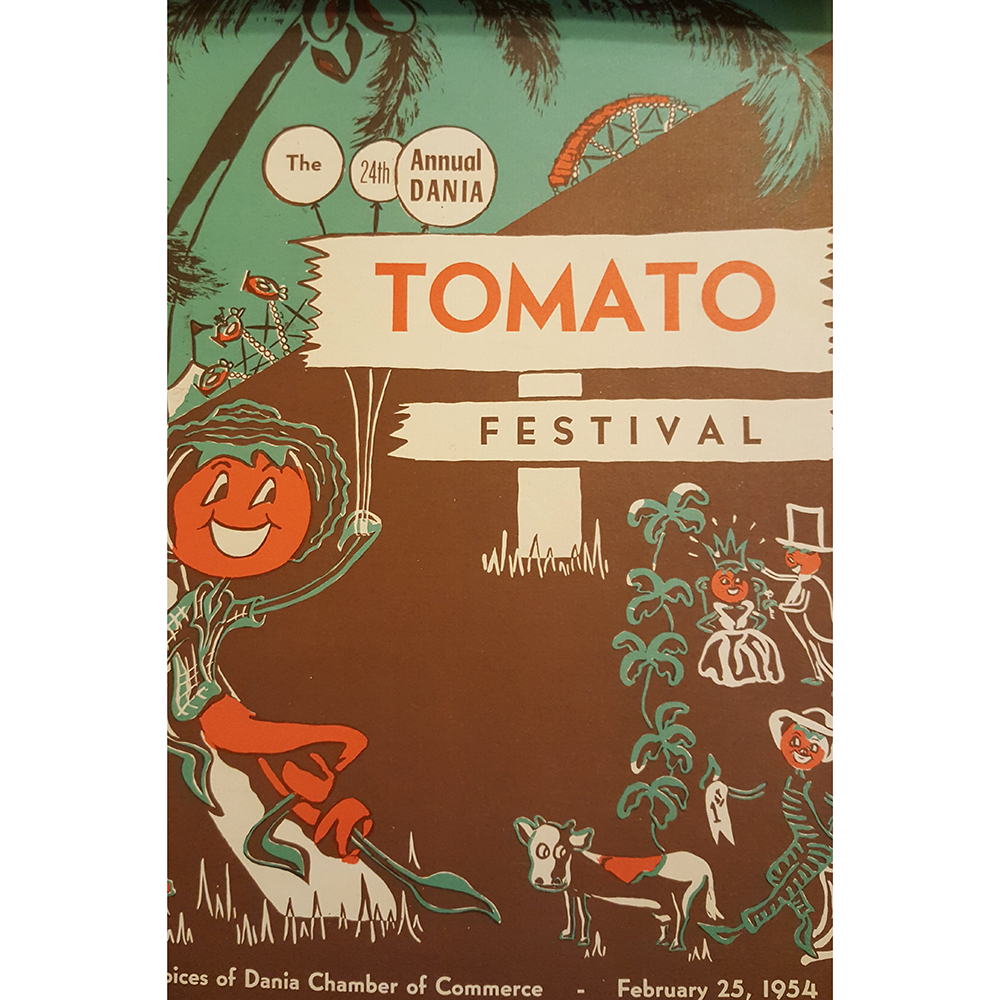
Tomato Festival 1954
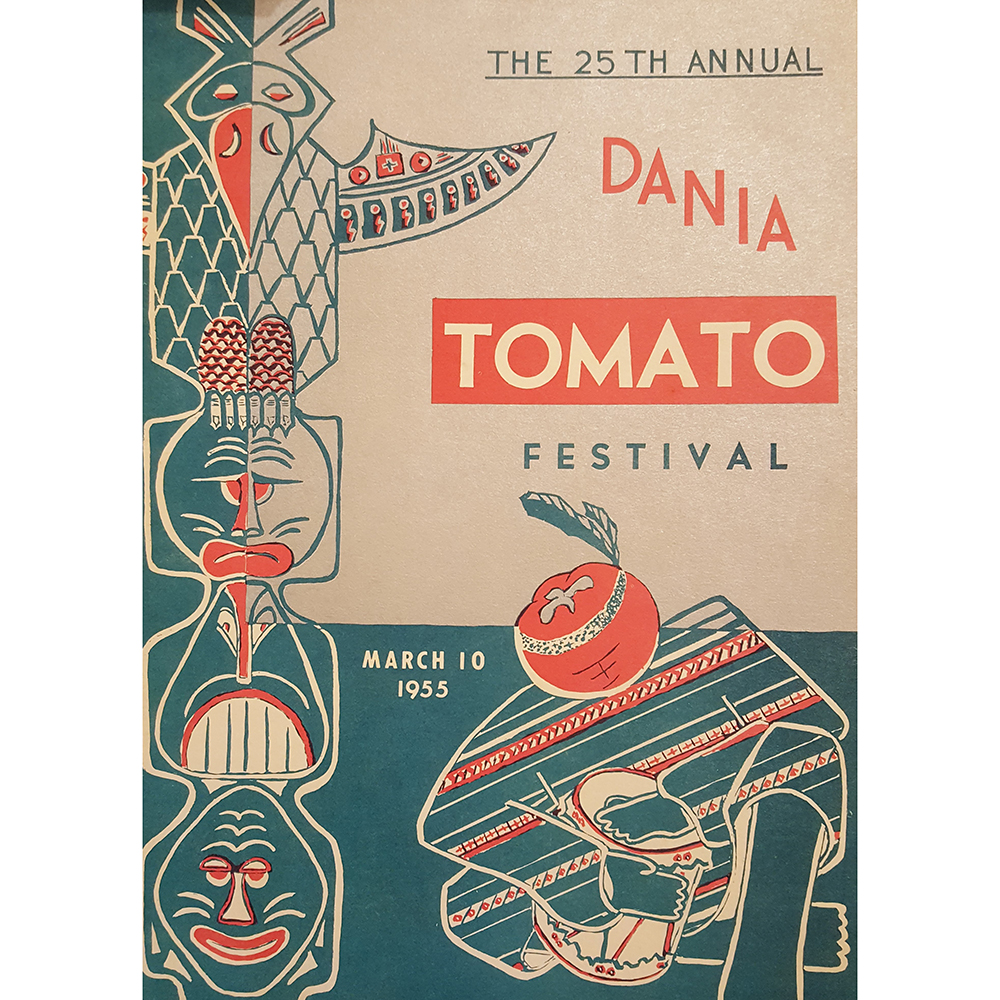
Tomato Festival 1954
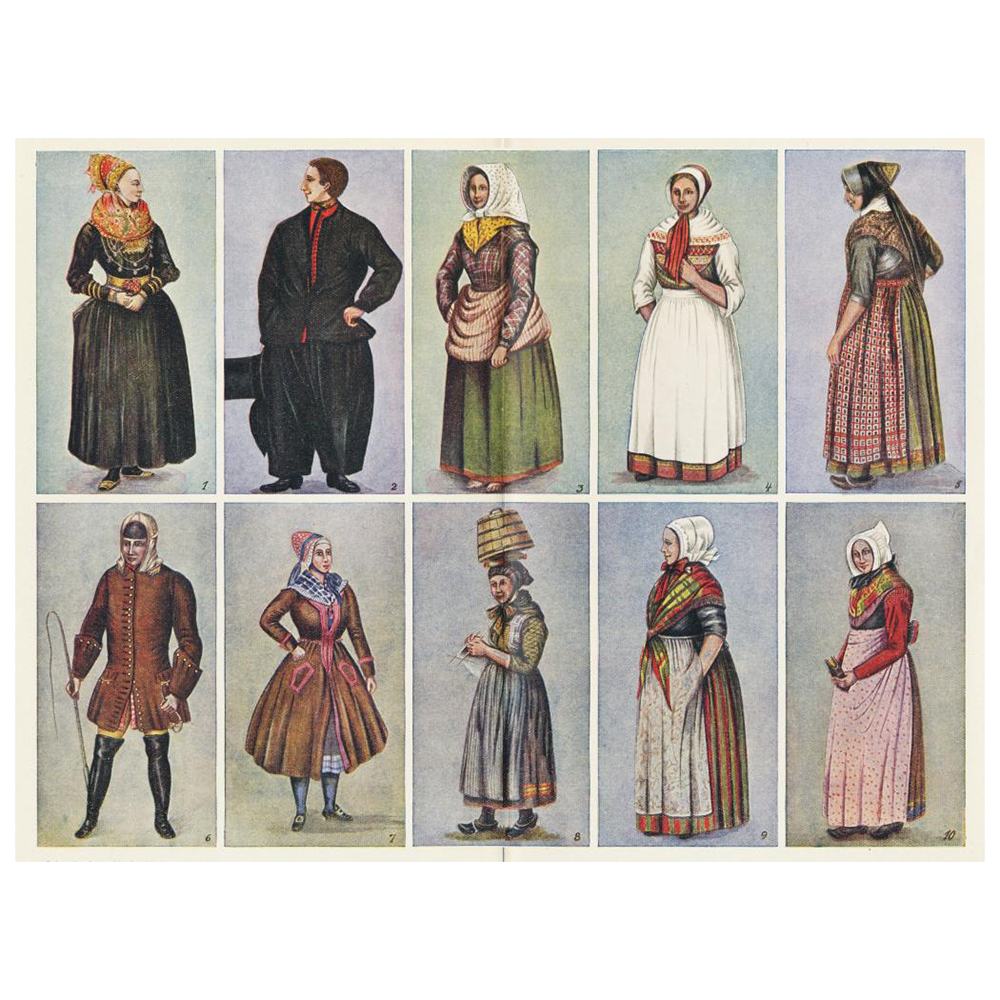
Danish Folk Costumes
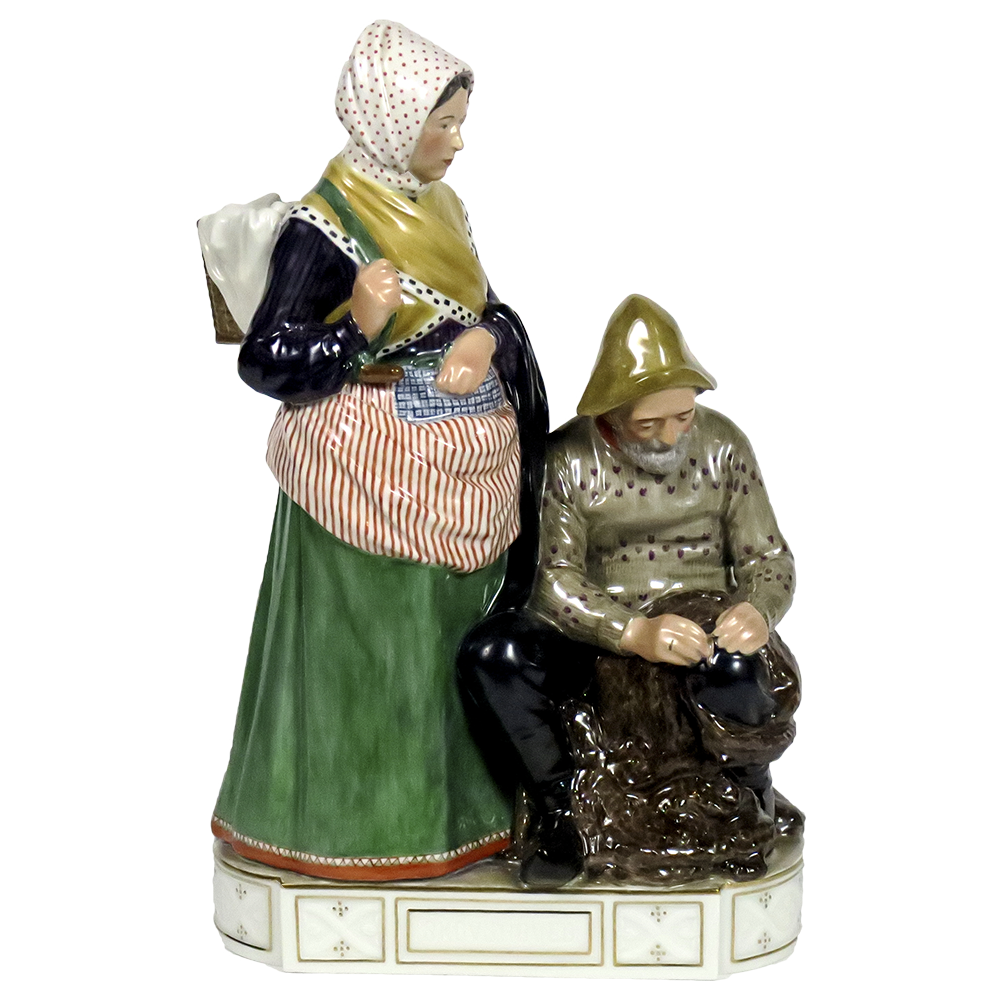
Royal Copenhagen
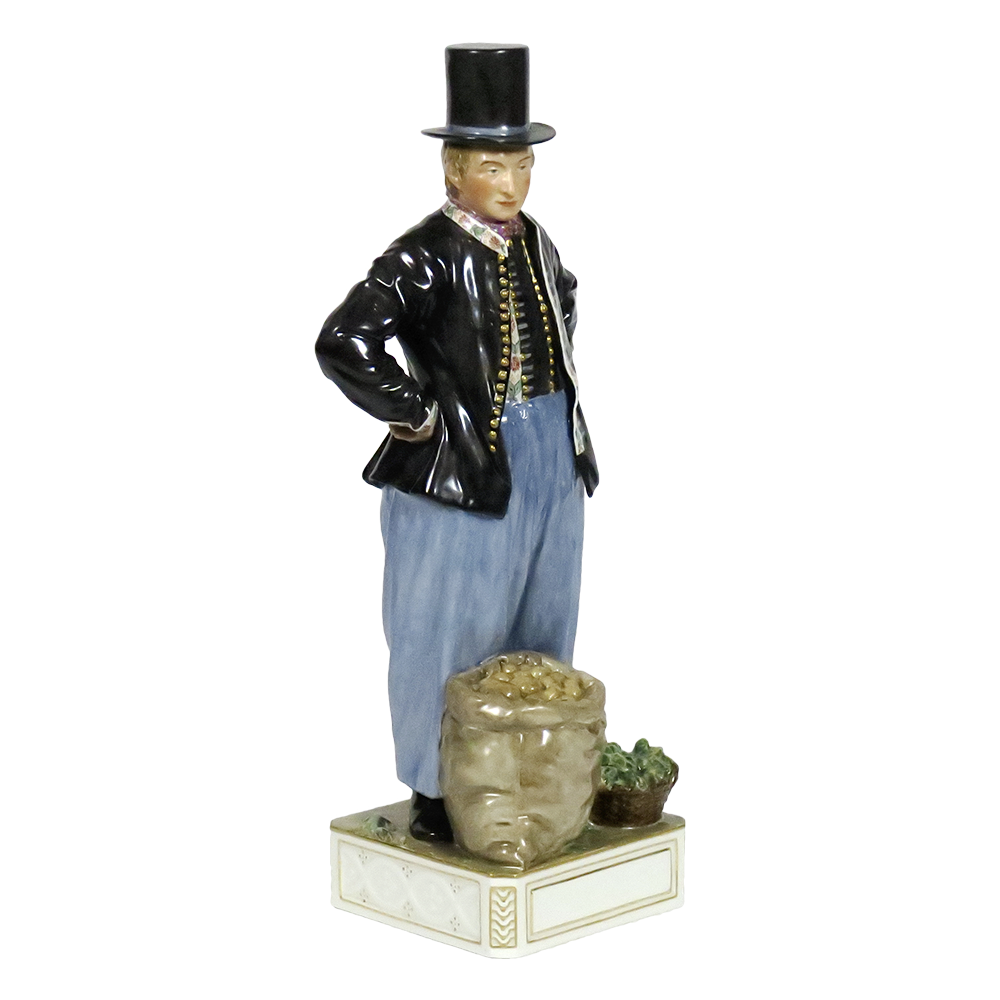
Royal Copenhagen
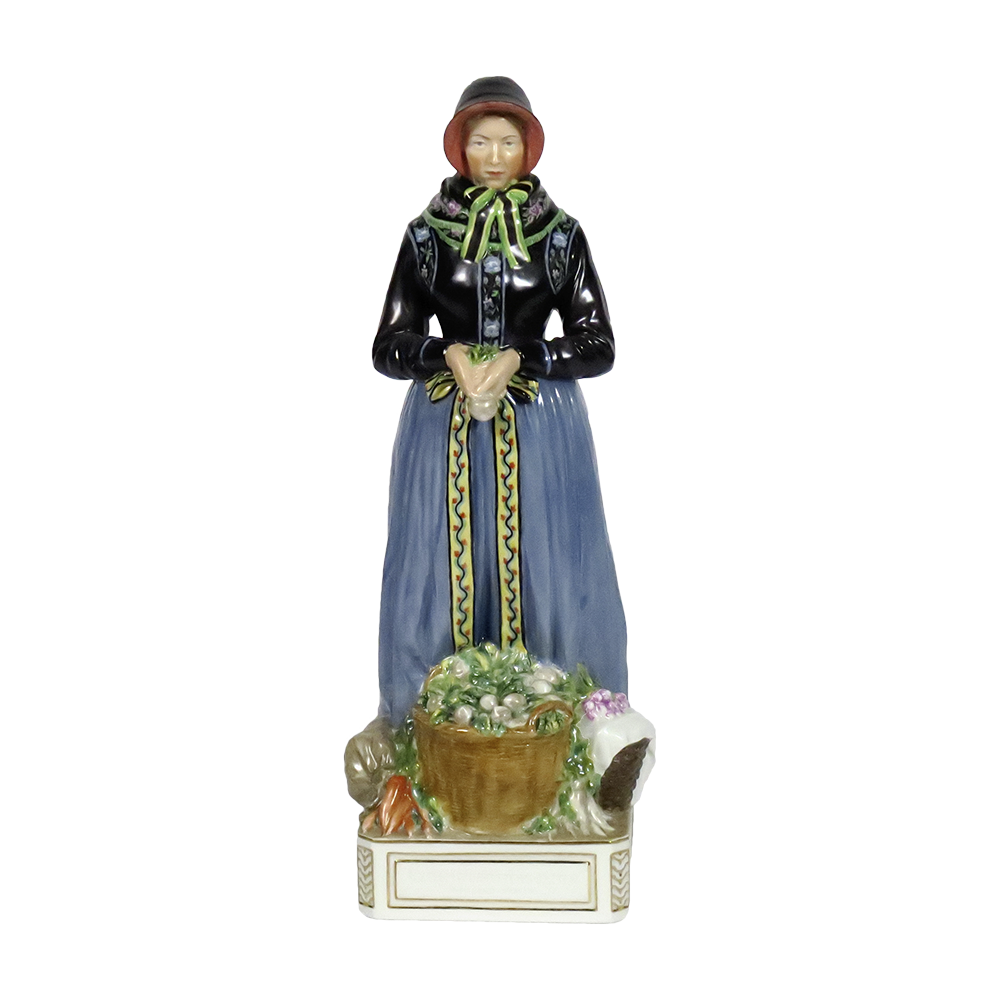
Royal Copenhagen
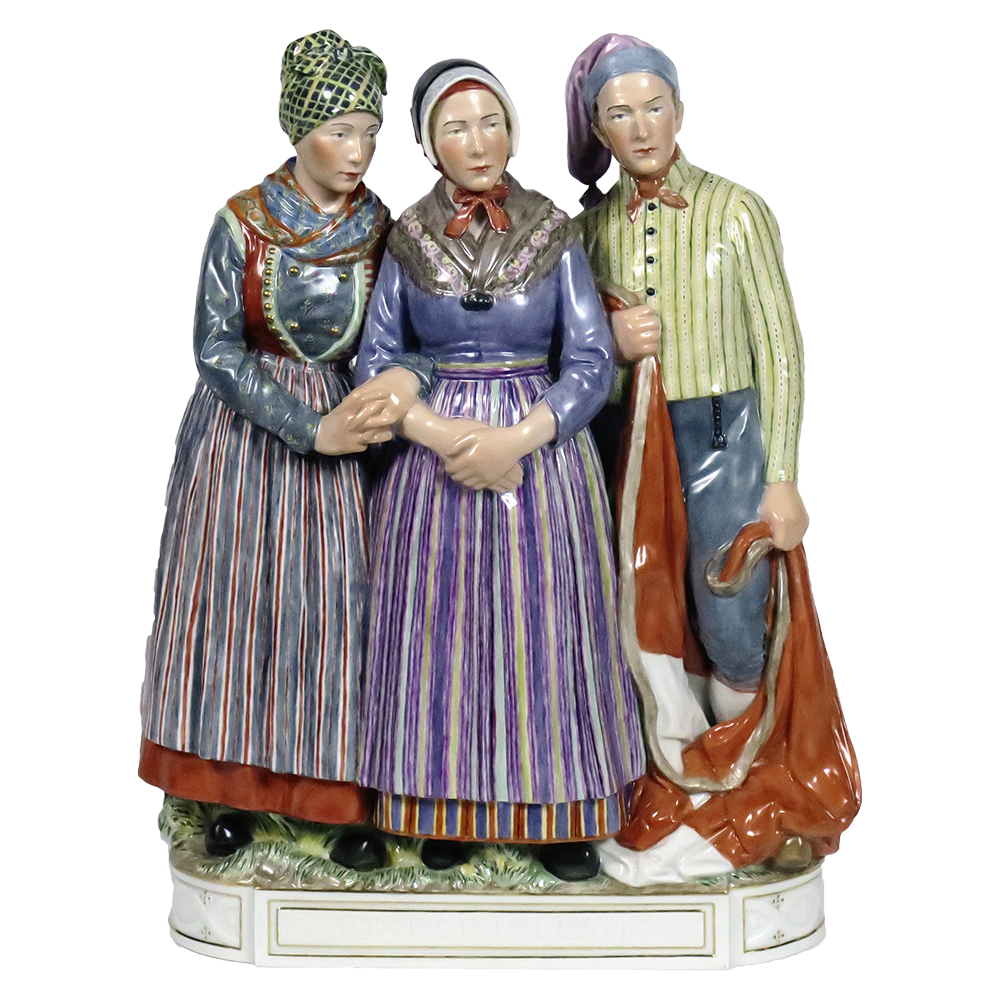
Royal Copenhagen
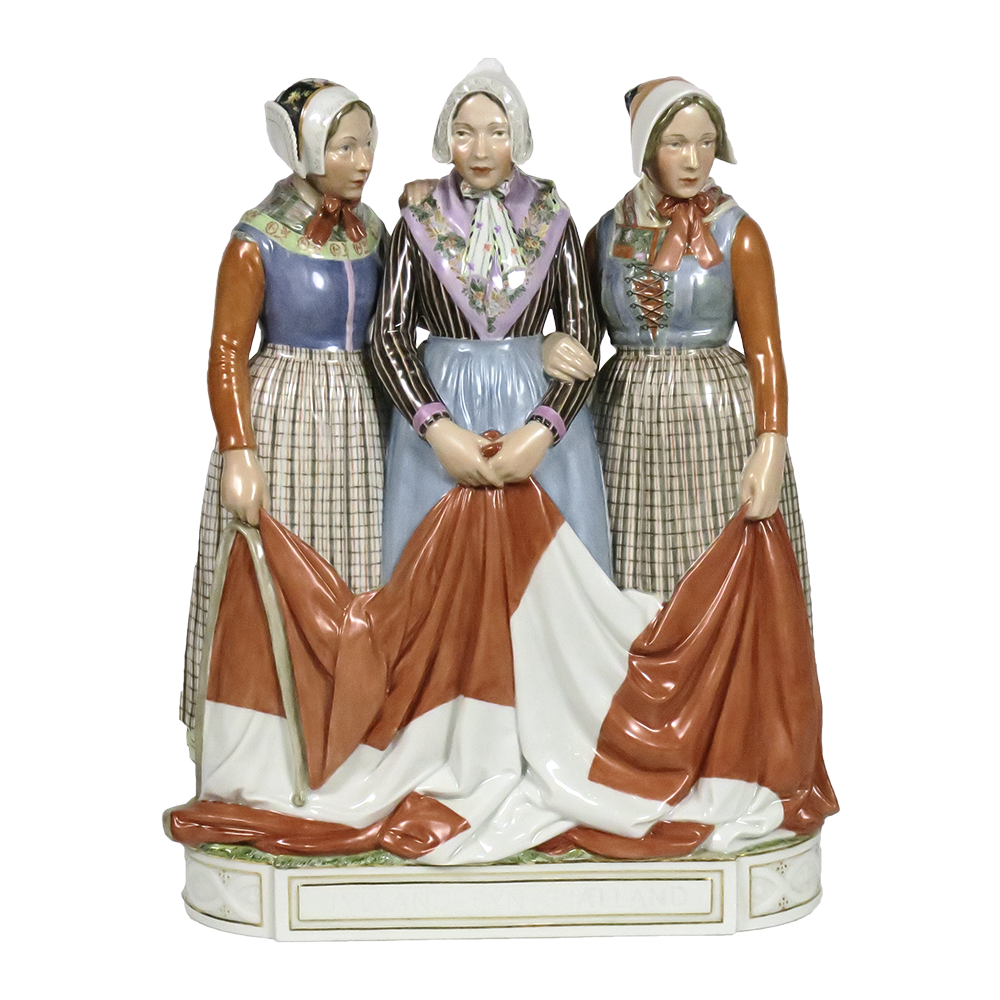
Royal Copenhagen
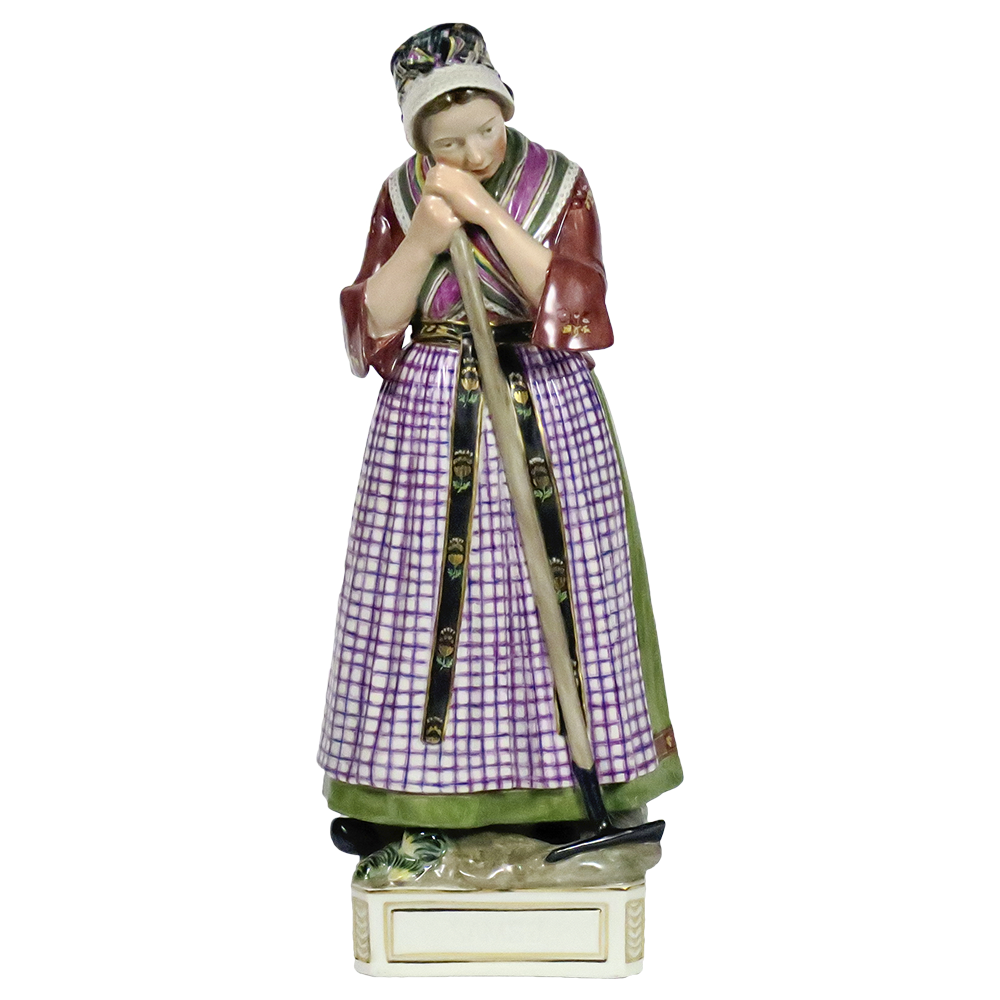
Royal Copenhagen
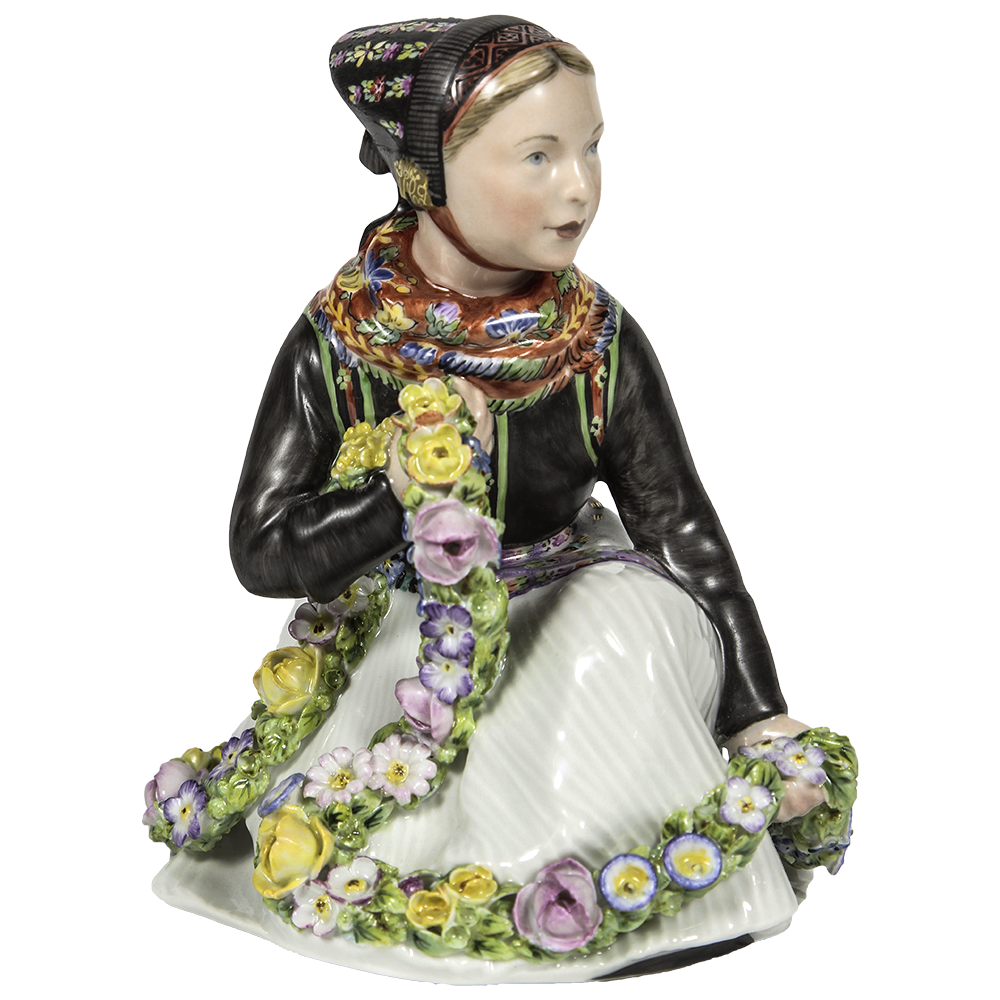
Royal Copenhagen
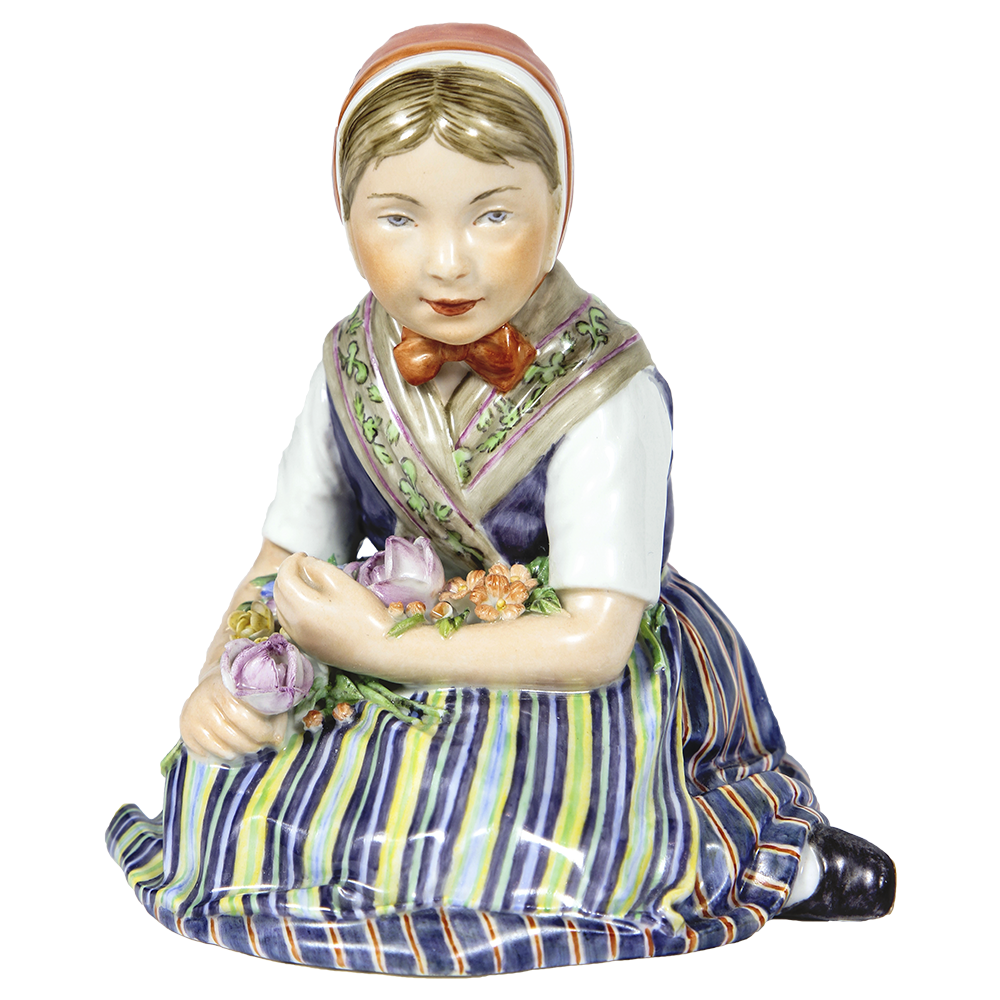
Royal Copenhagen
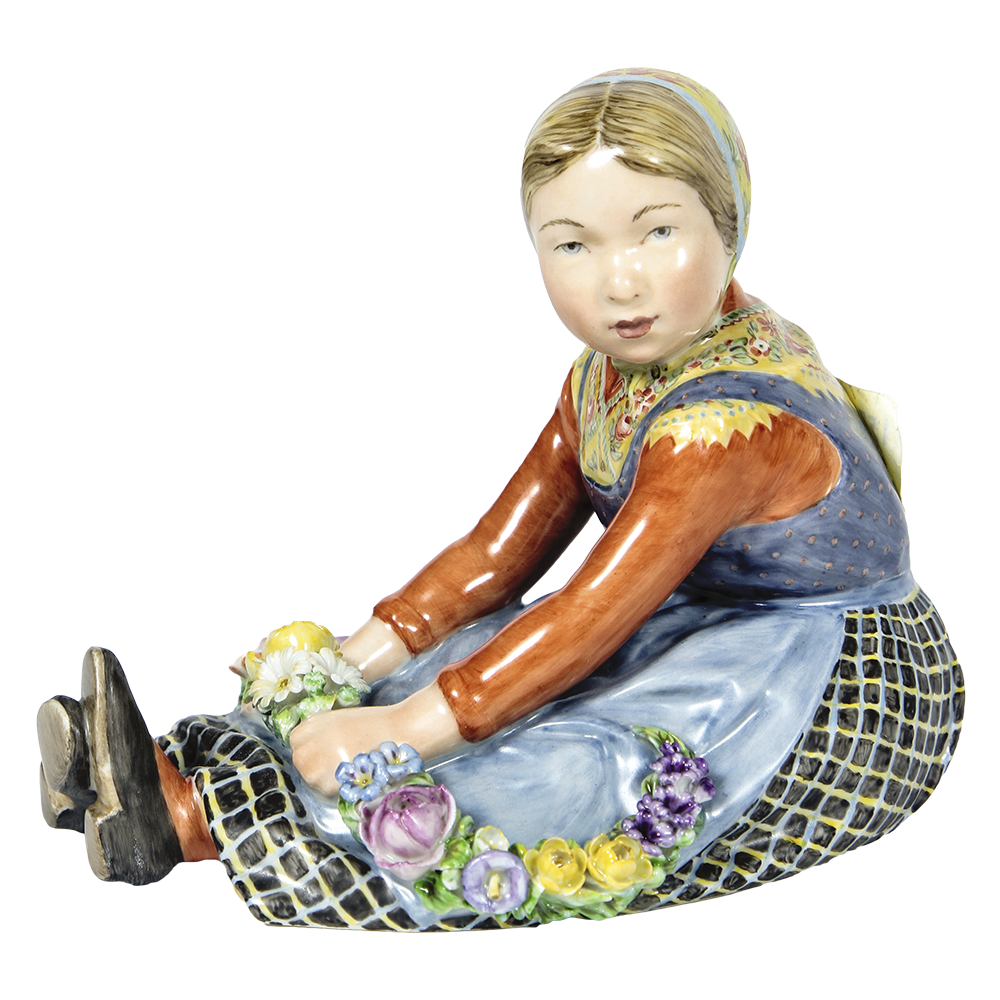
Royal Copenhagen
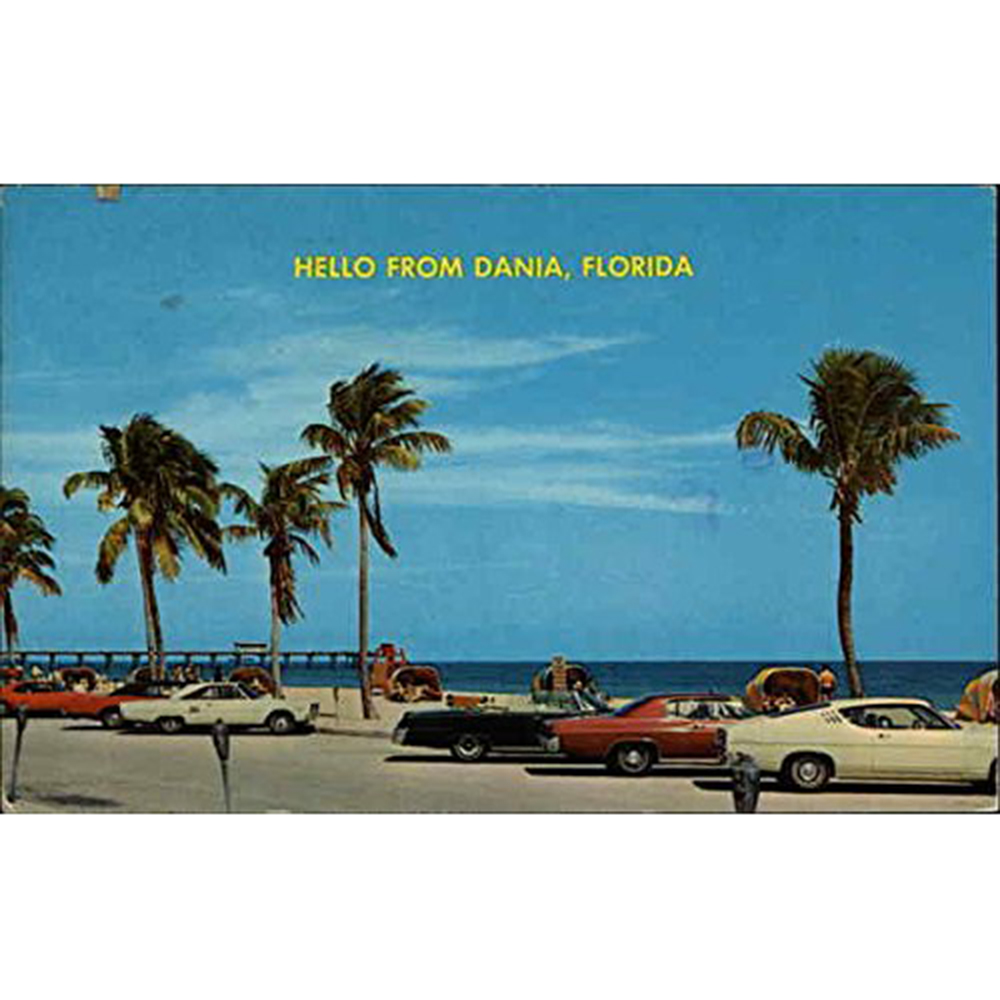
Hello Dania! postcard
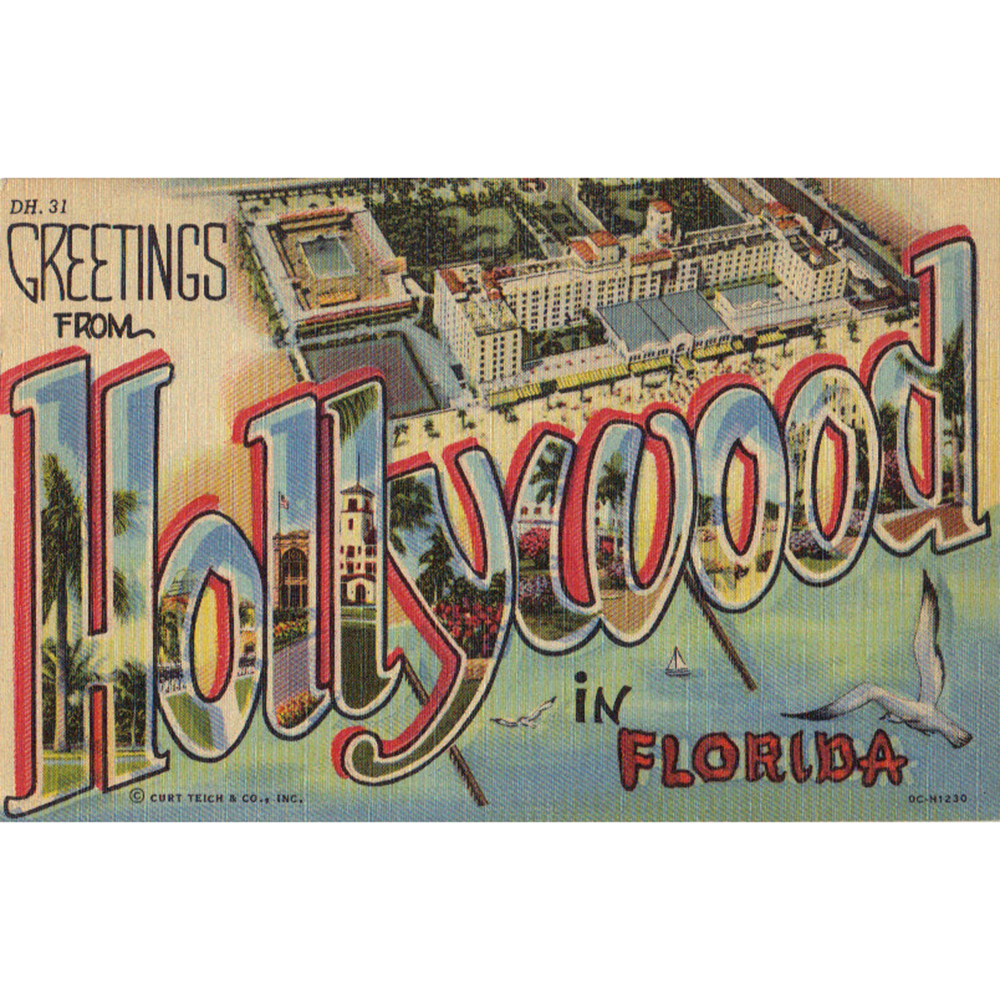
Hollywood Florida postcard
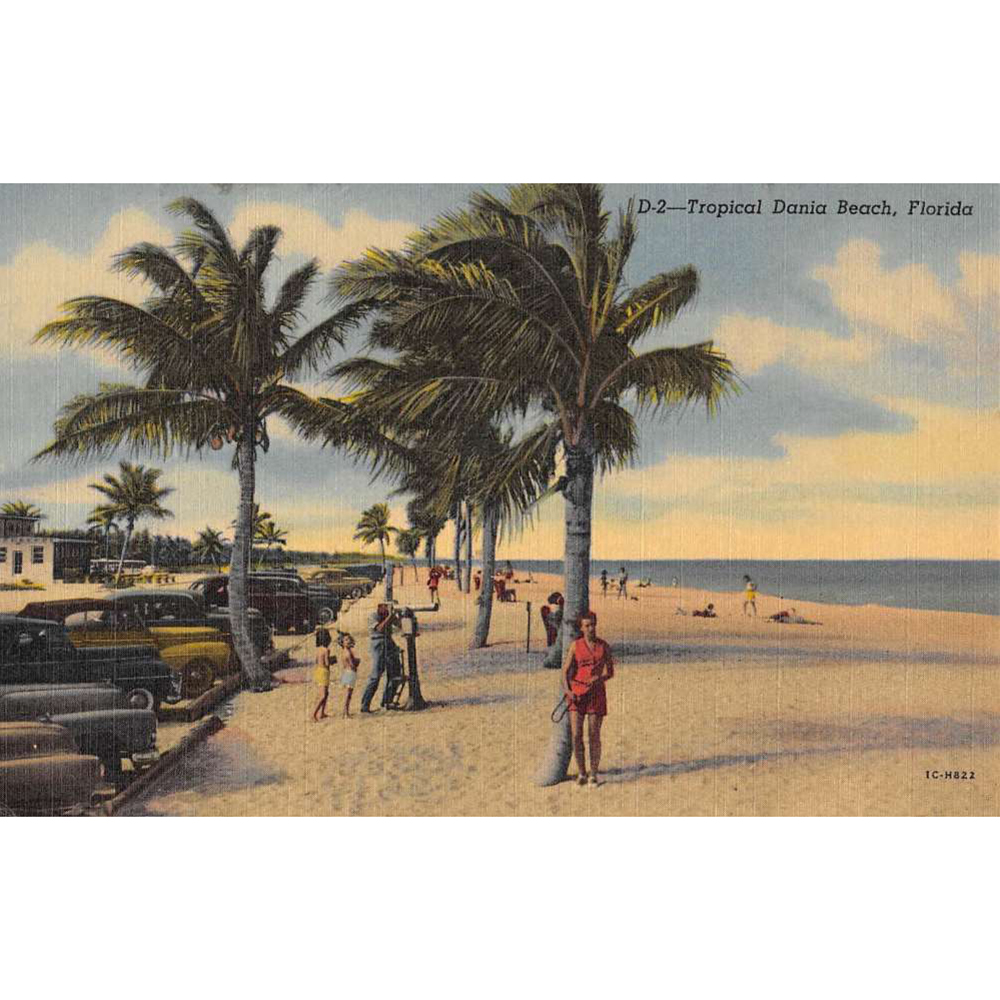
Tropical Dania Beach postcard
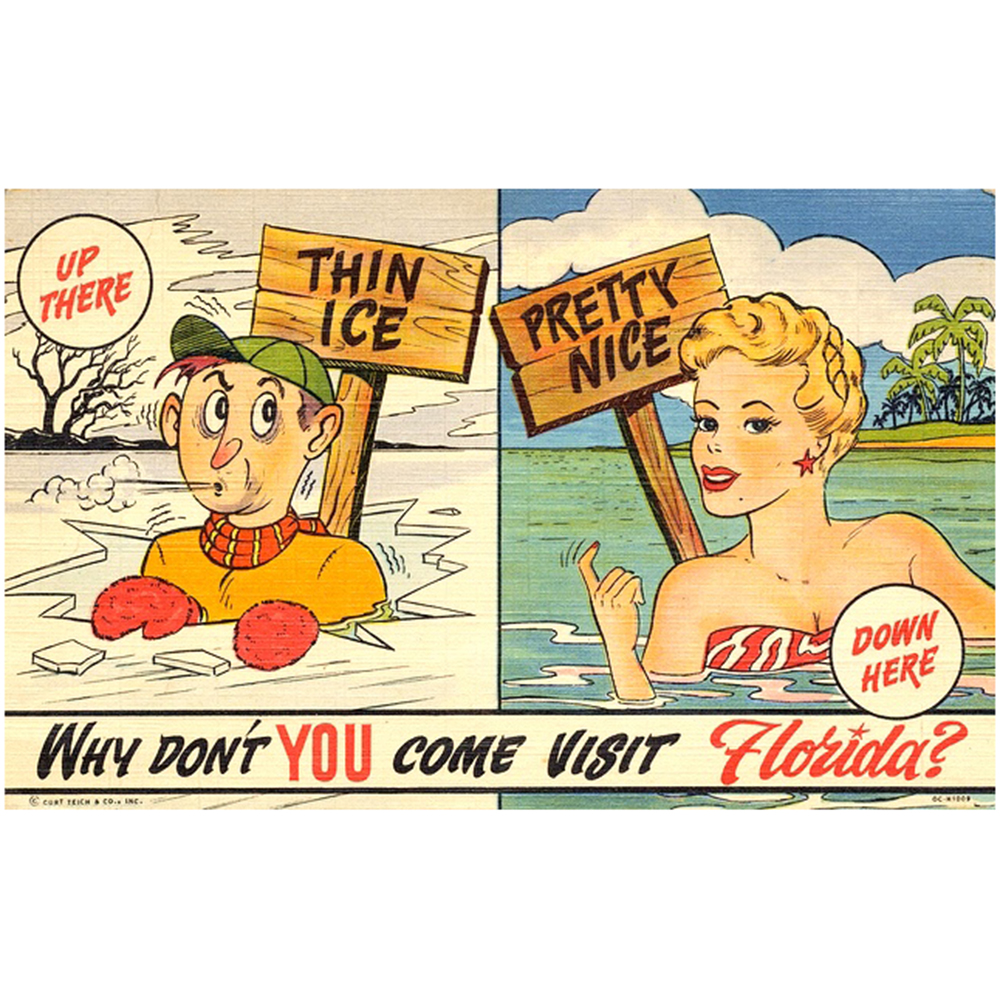
Florida postcard
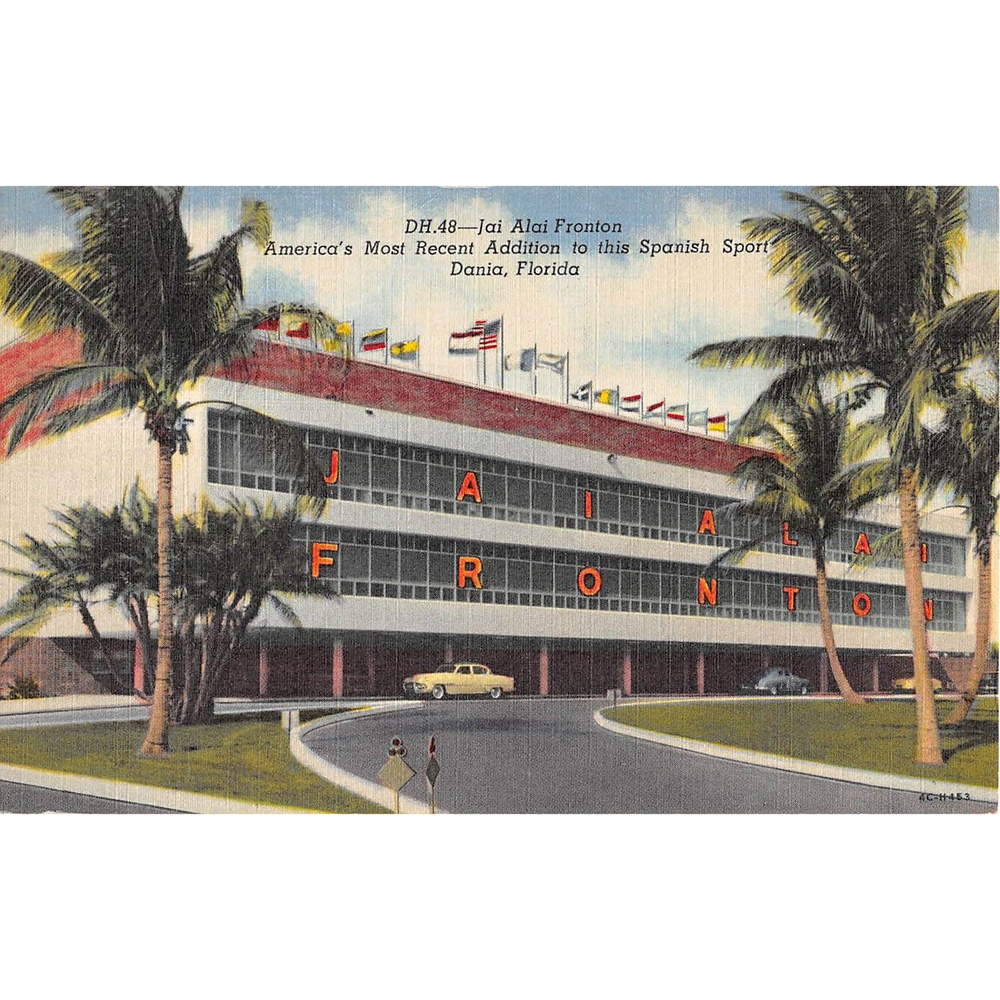
Dania Jai Alai
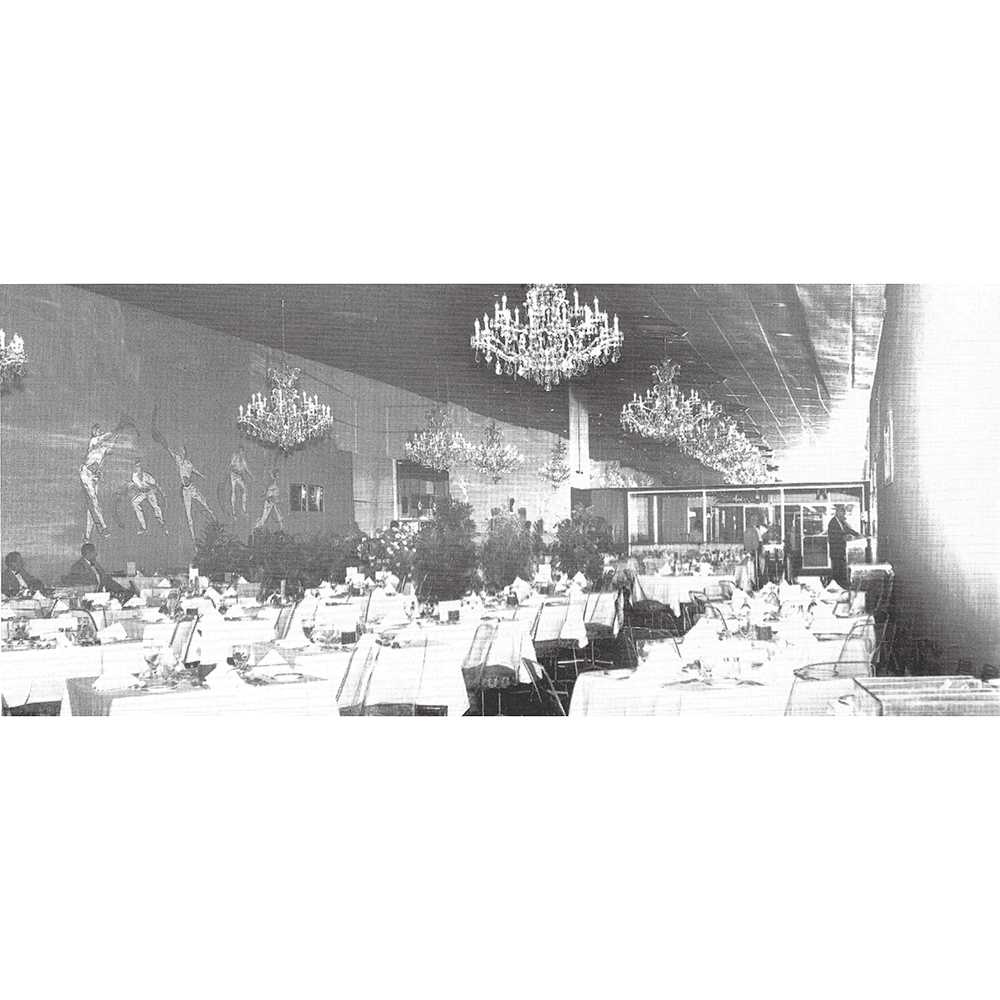
Dania Jai Alai with Chandeliers
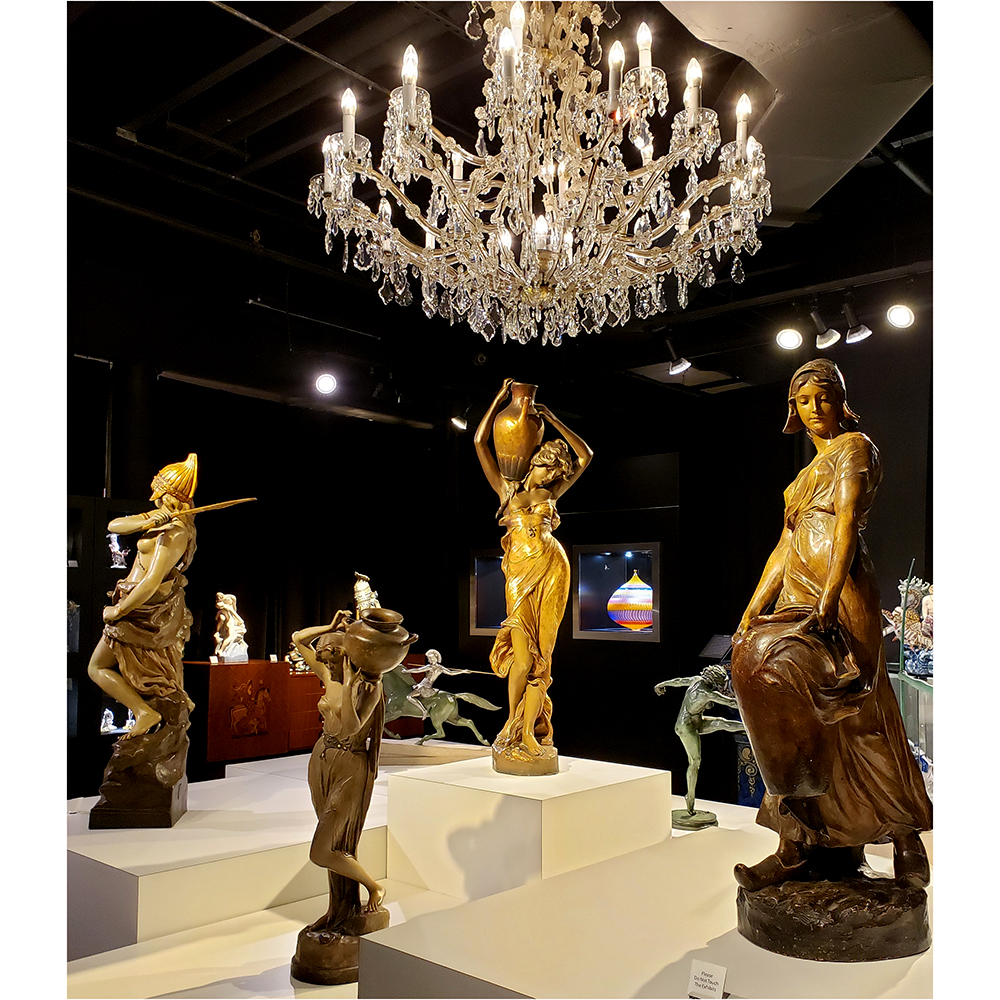
WMODA new home of the Chandeliers
